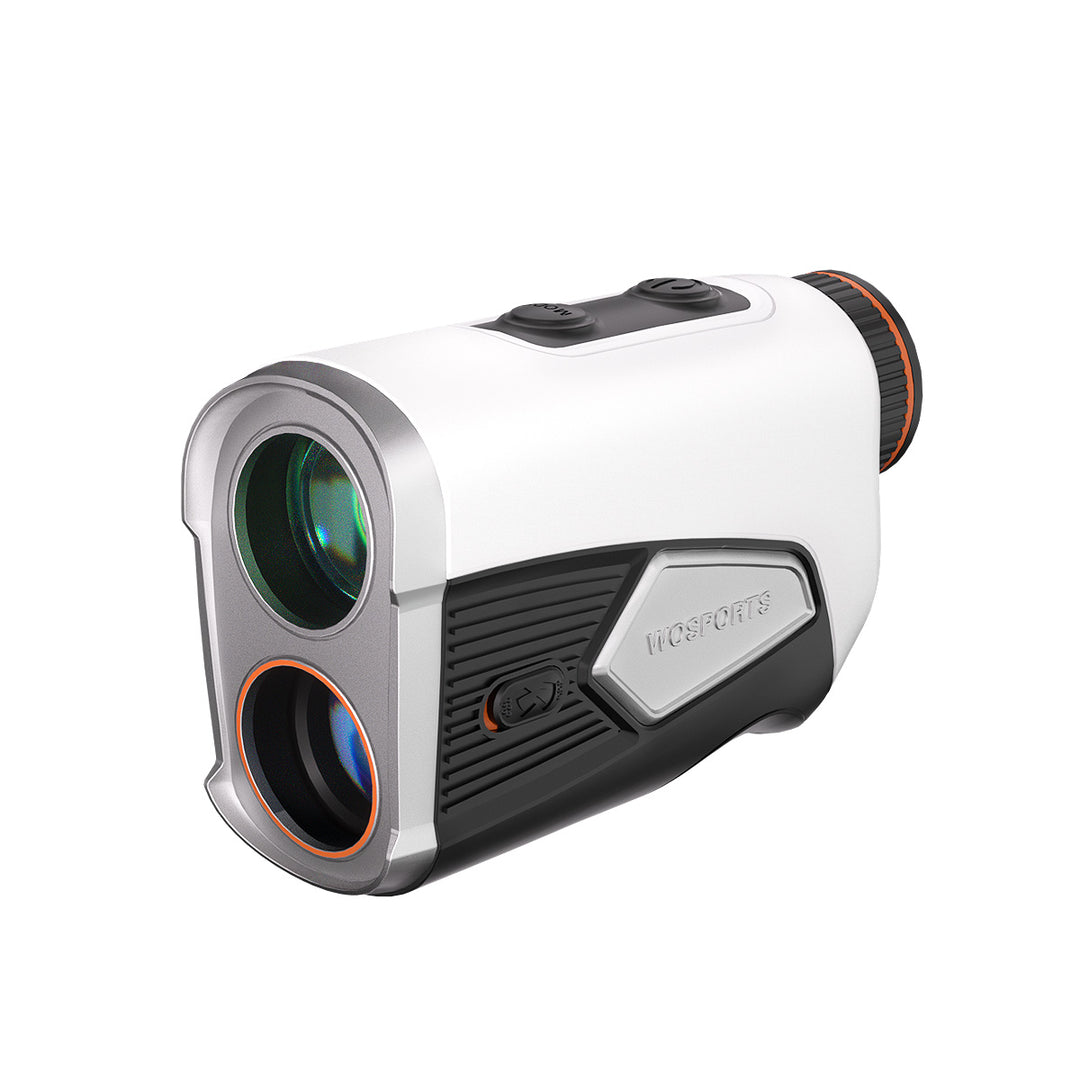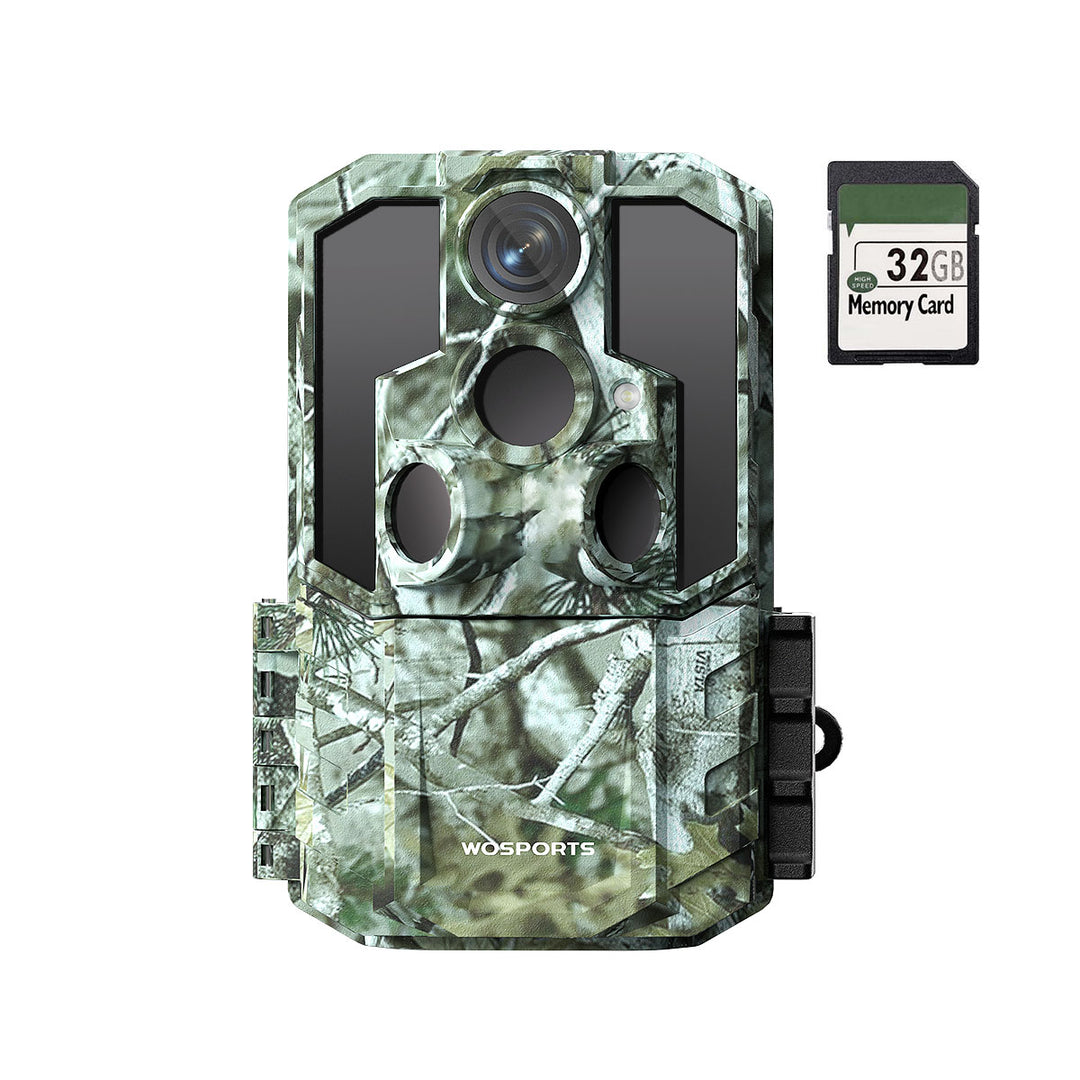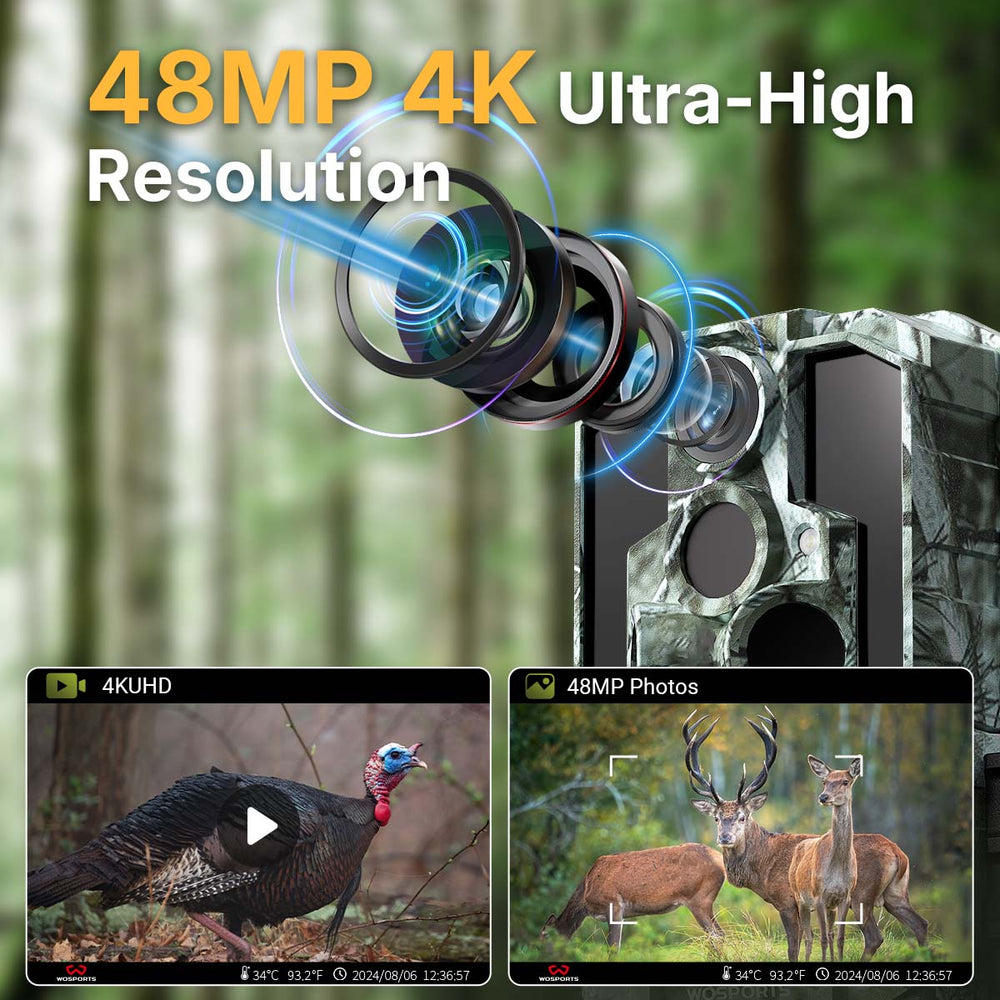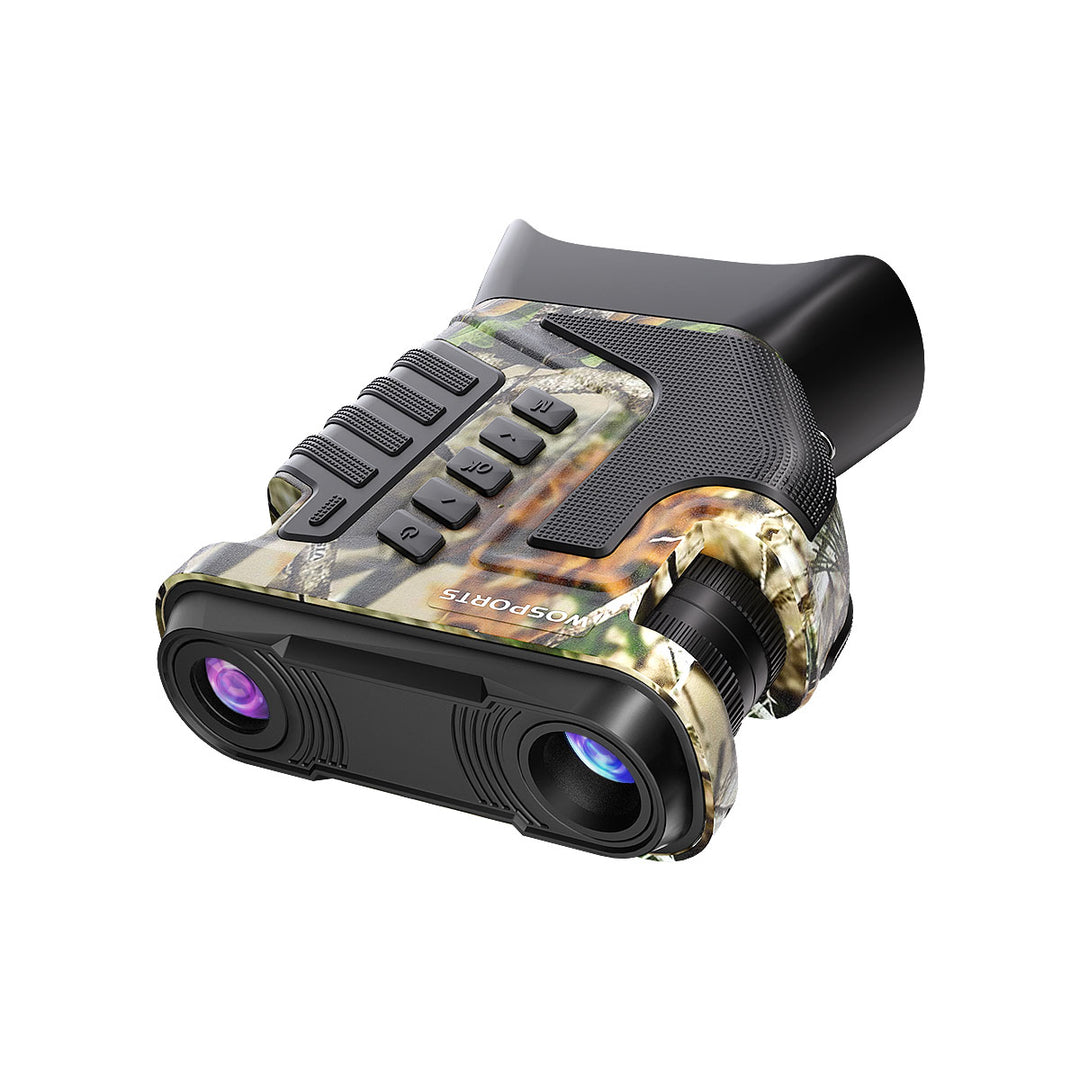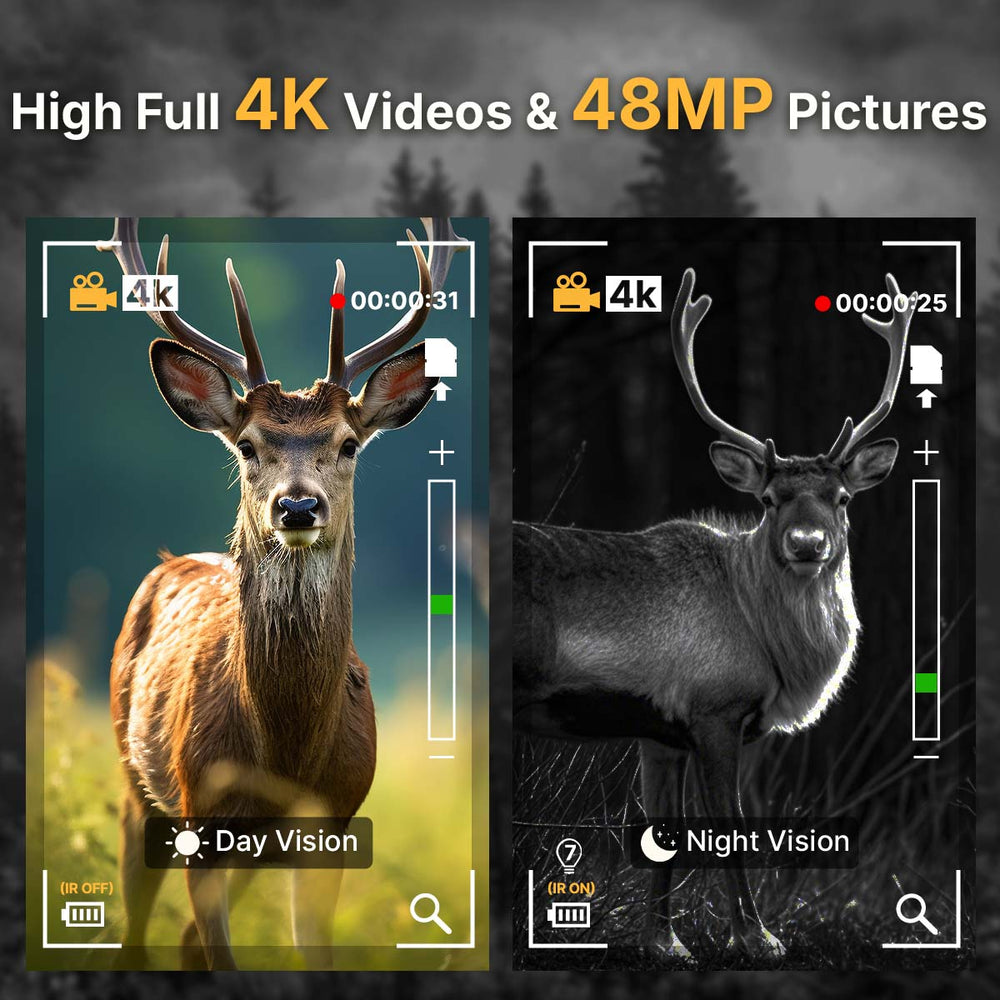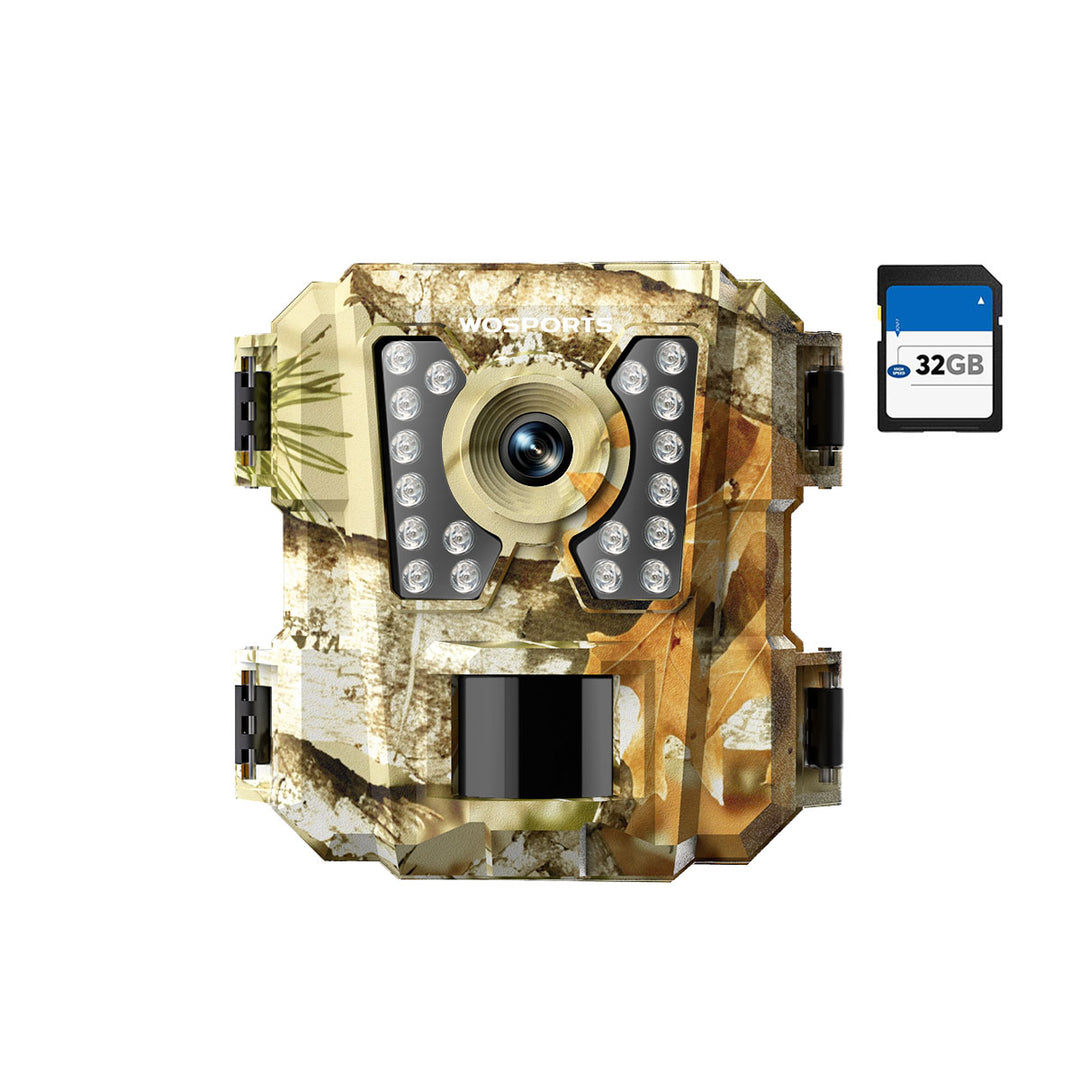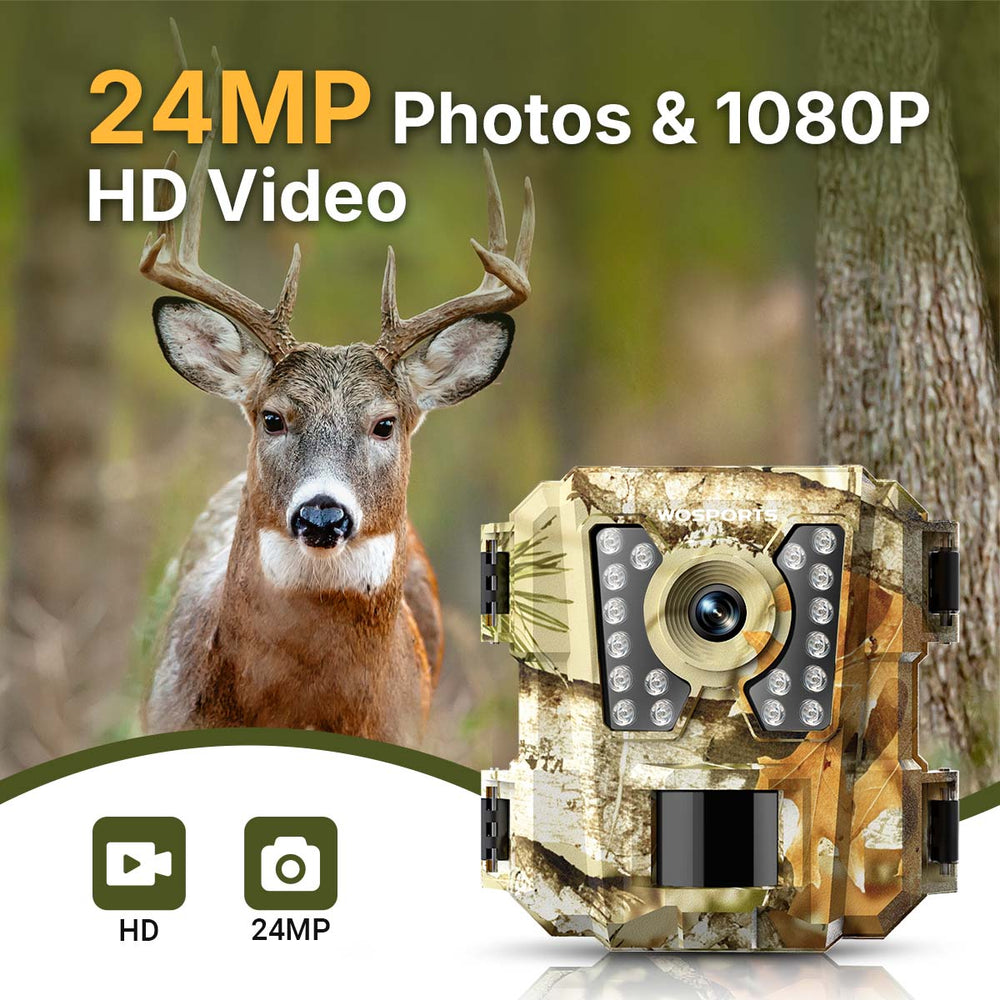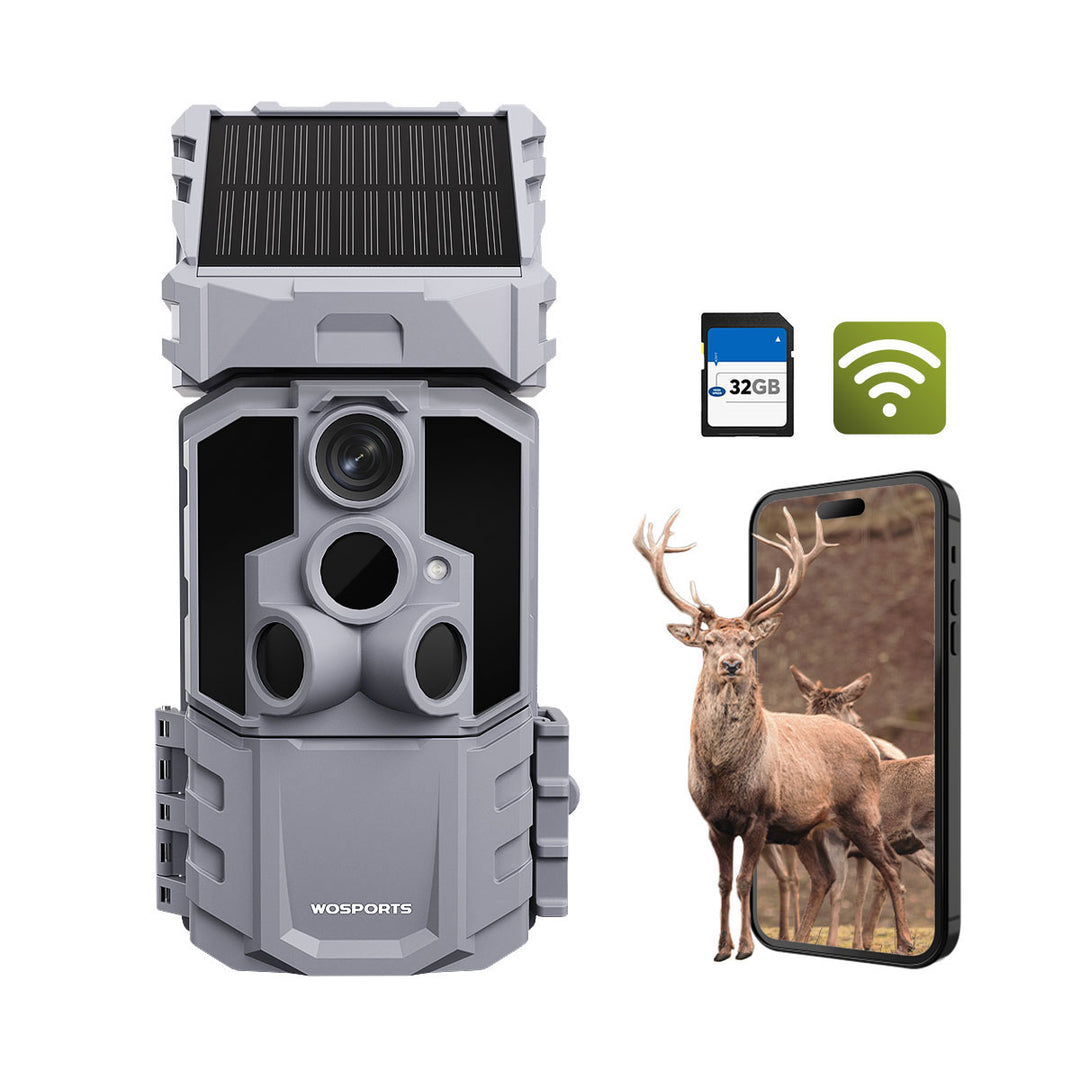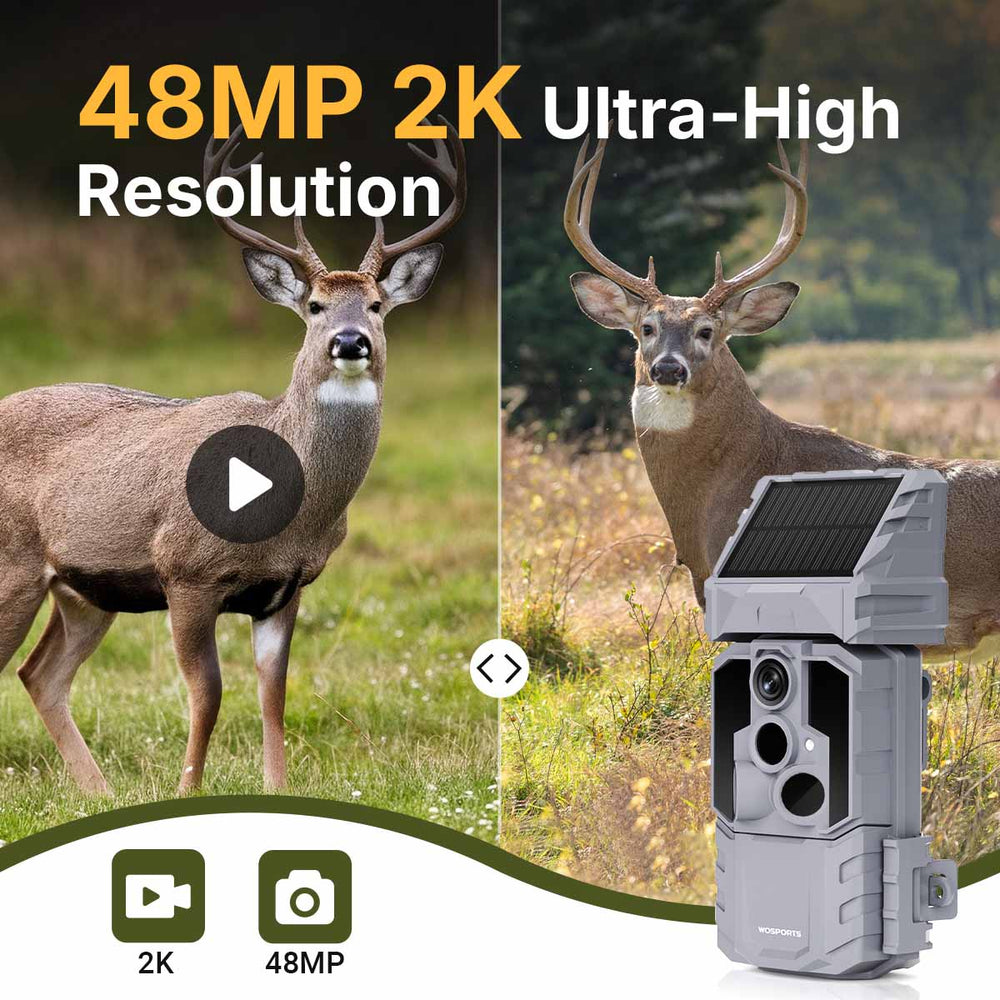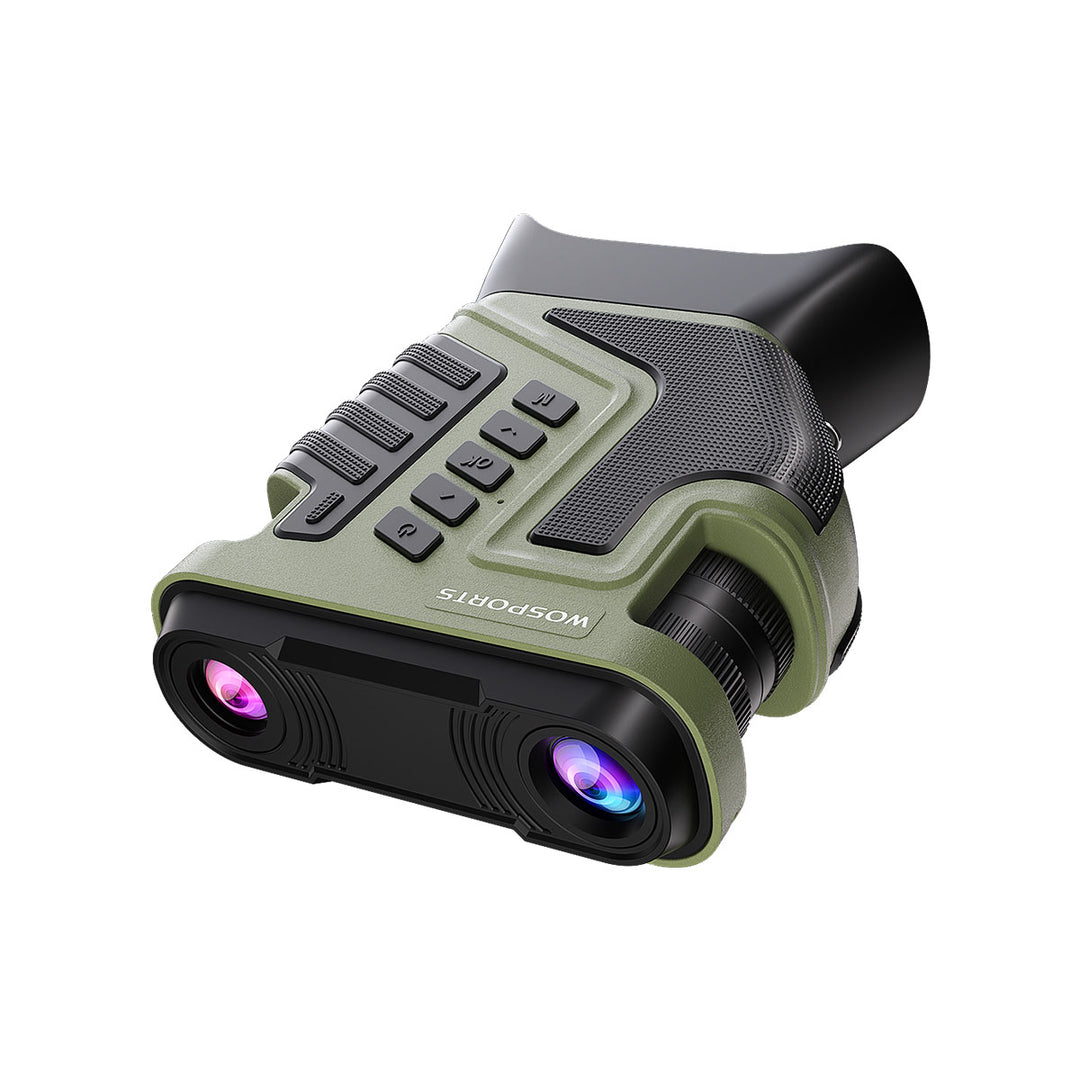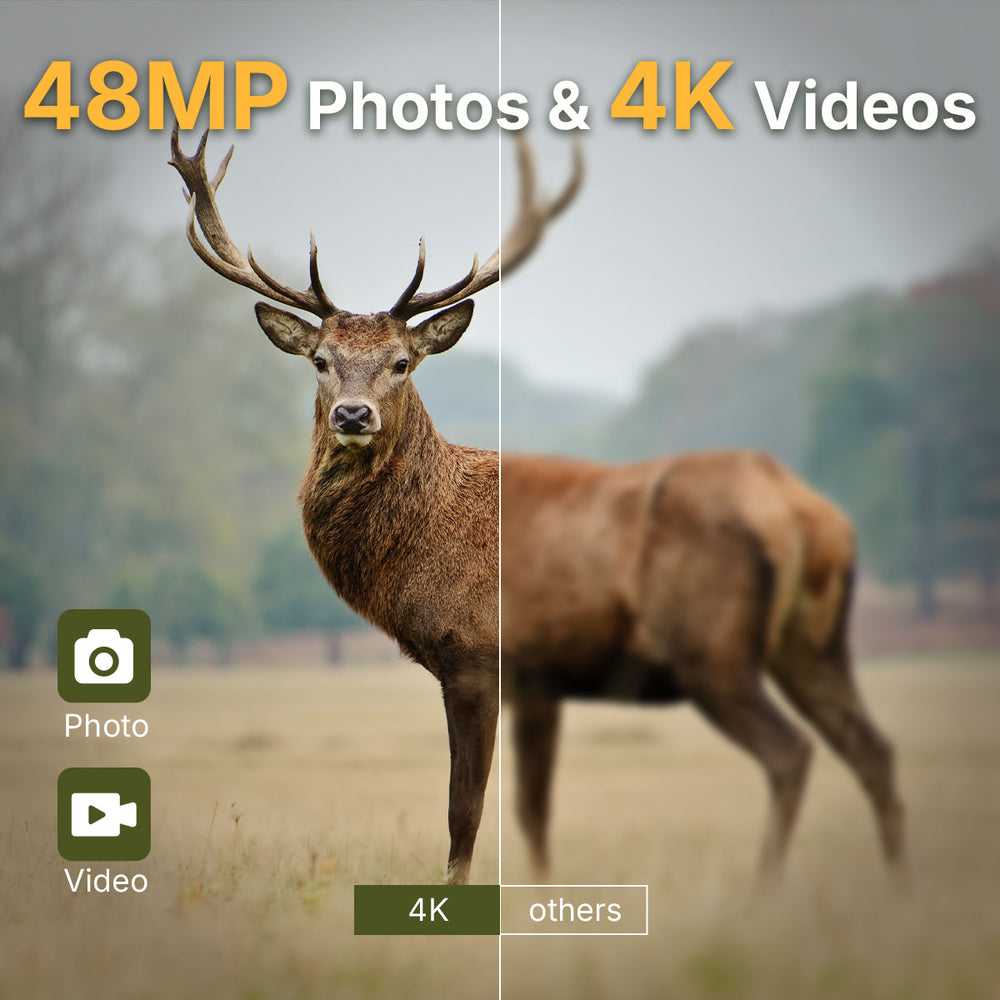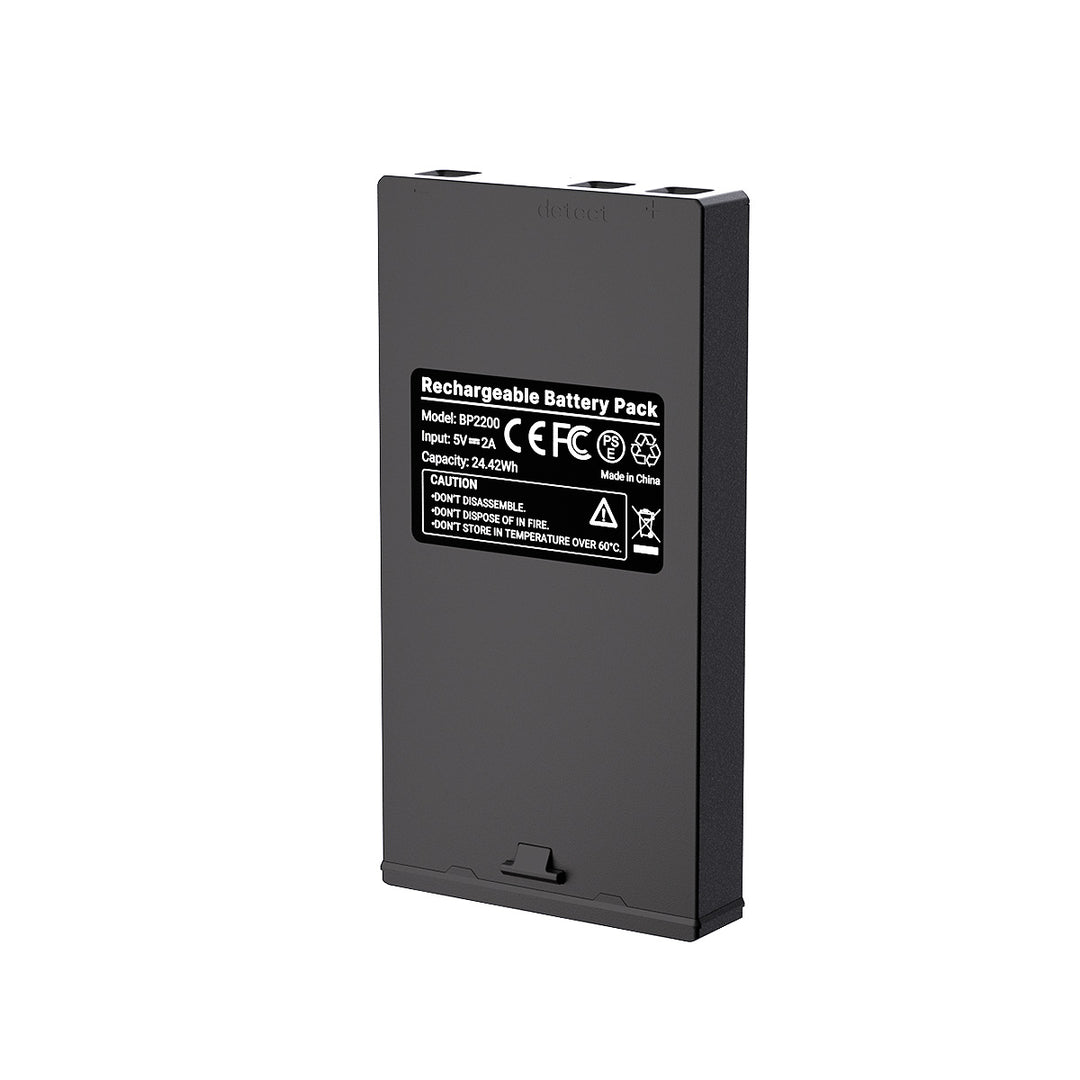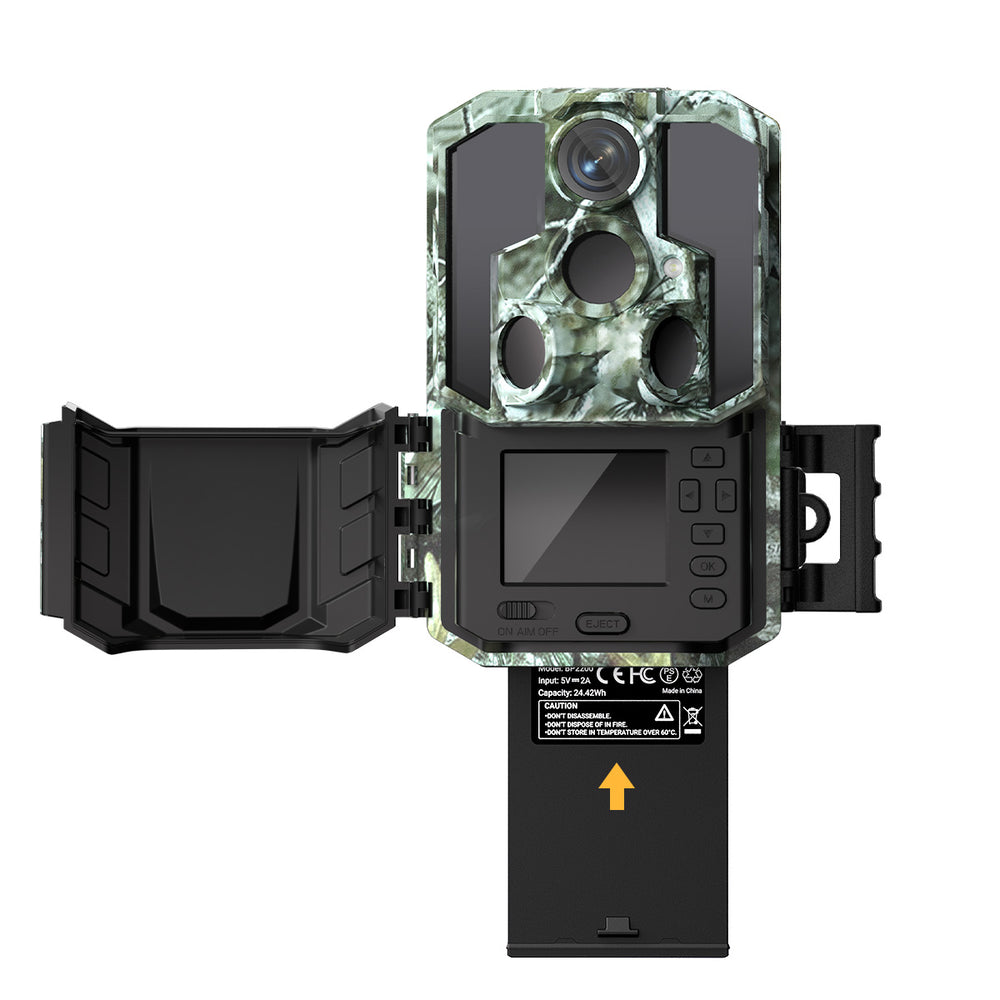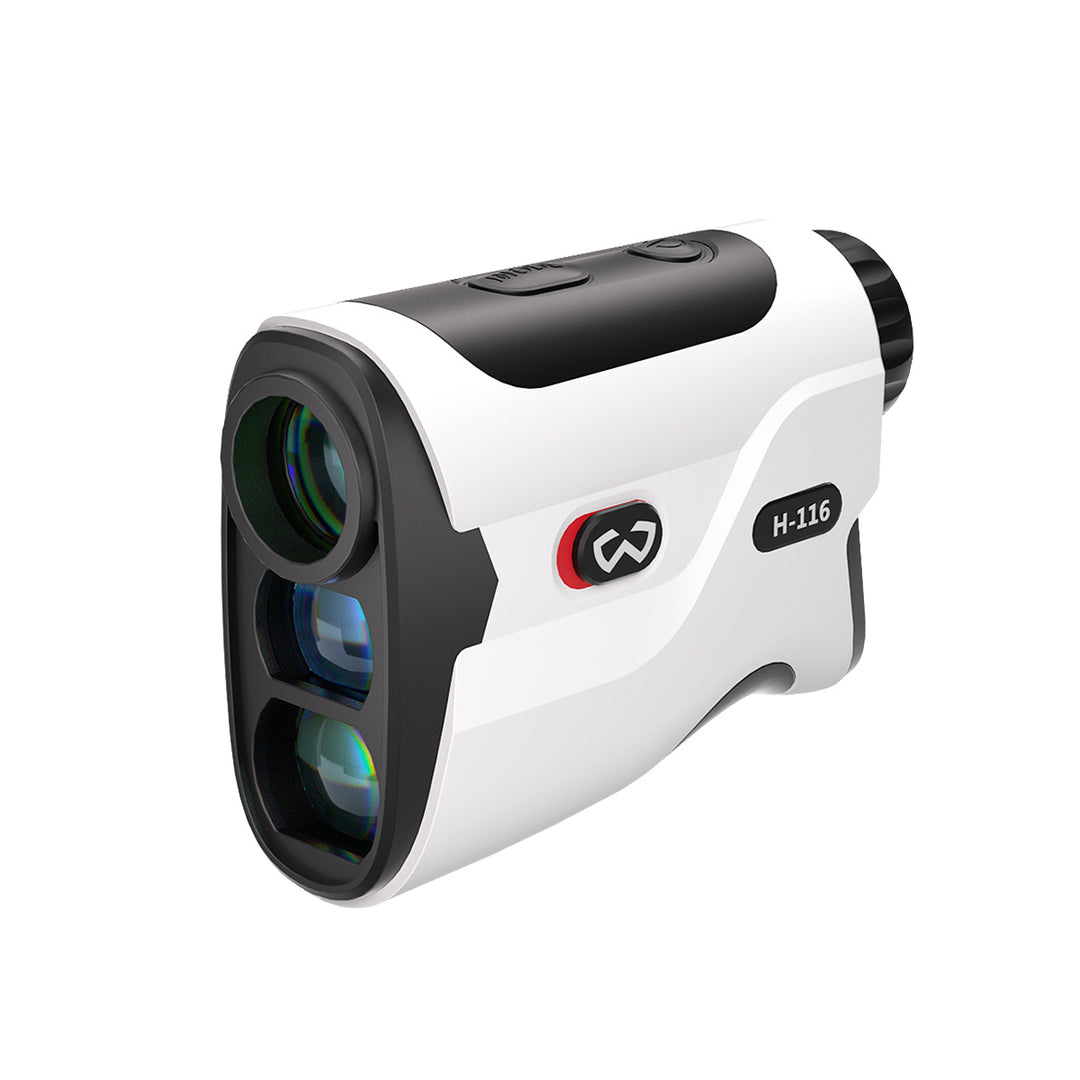Can a Trail Camera Be Used as a Security Camera?
With rising security concerns and technological advancements, many homeowners and property managers are asking: Can a trail camera be used as a security camera? This comprehensive guide examines the feasibility, advantages, limitations, and expert strategies for repurposing hunting cameras into security systems.
Trail Camera vs. Security Camera: What’s the Difference?
Conclusion: Trail cameras lack continuous live monitoring but are excellent for motion-triggered surveillance in remote or power-limited locations.

Can a Trail Camera Really Be Used for Security?
Yes — especially in the following scenarios:
- Remote property surveillance: Farms, cabins, campsites, and hunting leases.
- Rural home driveways or entry points: Where installing power lines or Wi-Fi may be impractical.
- Construction sites or storage yards: To catch unauthorized access at night.
- Parking lots, trailers, or boats: Areas with limited infrastructure.
- Trail cameras’ stealthy appearance, weather resistance, and long battery life make them ideal for unobtrusive security setups.
Pros of Using a Trail Camera as a Security Camera
1. No Wi-Fi or Power Needed
Most trail cameras operate on AA batteries and don’t require wired internet — perfect for off-grid use.
2. Stealth and Portability
Trail cameras are small and camouflaged, making them difficult to spot and ideal for covert surveillance.
3. Motion-Triggered Recording
You’ll only capture relevant footage, saving battery life and storage space.
4. Long Standby Time
Many models last up to 6 months or longer without a recharge — no daily maintenance required.
5. Cost-Effective
Cost-effective trail cameras start at under $100 — much cheaper than full surveillance systems.

How to Use a Trail Camera for Security: Step-by-Step Setup
Step 1: Choose the Right Trail Camera
- Look for features such as:
- High-resolution (at least 1080p)
- Infrared night vision
- Fast trigger speed (0.2–0.5 seconds)
- Large SD card support (32GB or higher)
- Cellular or Wi-Fi connectivity (optional)
Top Picks from WOSPORTS:
H29 Trail Camera: Affordable, waterproof, great for beginners.
G300 Trail Camera: Long battery life, excellent night vision.

Step 2: Select a Stealthy Mounting Location
- Install at entry points, driveways, gates, or near valuable assets.
- Mount 6–8 feet off the ground, angled slightly downward.
- Use tree bark straps or secure with a lockbox.
Step 3: Configure Settings
- Motion sensitivity: Medium-High
- Image/video capture: 3-image burst + 10-sec video
- Timestamp and GPS info: Enabled
- Night mode: Infrared
- Time-lapse: Optional for long-term review
Step 4: Test Coverage and Angle
Walk in front of the camera to test trigger accuracy and detection range.
FAQ: Expert Answers to Critical Questions
Q: Can police use trail camera footage as evidence?
A: Yes, if properly timestamped and unedited.
Q: How to prevent trail camera theft?
A: Use Python cables + GPS trackers inside housings. Theft rates drop from 23% to 4% with these measures.
Q: Do trail cameras work through windows?
A: IR reflects off glass—mount externally. Thermal cameras (e.g., Seek Thermal) are better for indoor/outdoor transitions.
The Verdict: When to Choose Trail Cameras for Security
Ideal For
Supplemental rural monitoring
Temporary construction sites
Low-risk storage areas
Evidence gathering in legal disputes
Not Recommended For
High-crime urban areas
Child safety monitoring
Financial institution security
Search
Popular Posts
Recent Posts

Nov 28, 2024
Troubleshooting Common Trail Camera Issues
Jan 10, 2025
Why Does My Trail Camera Stop Working at Night?

































